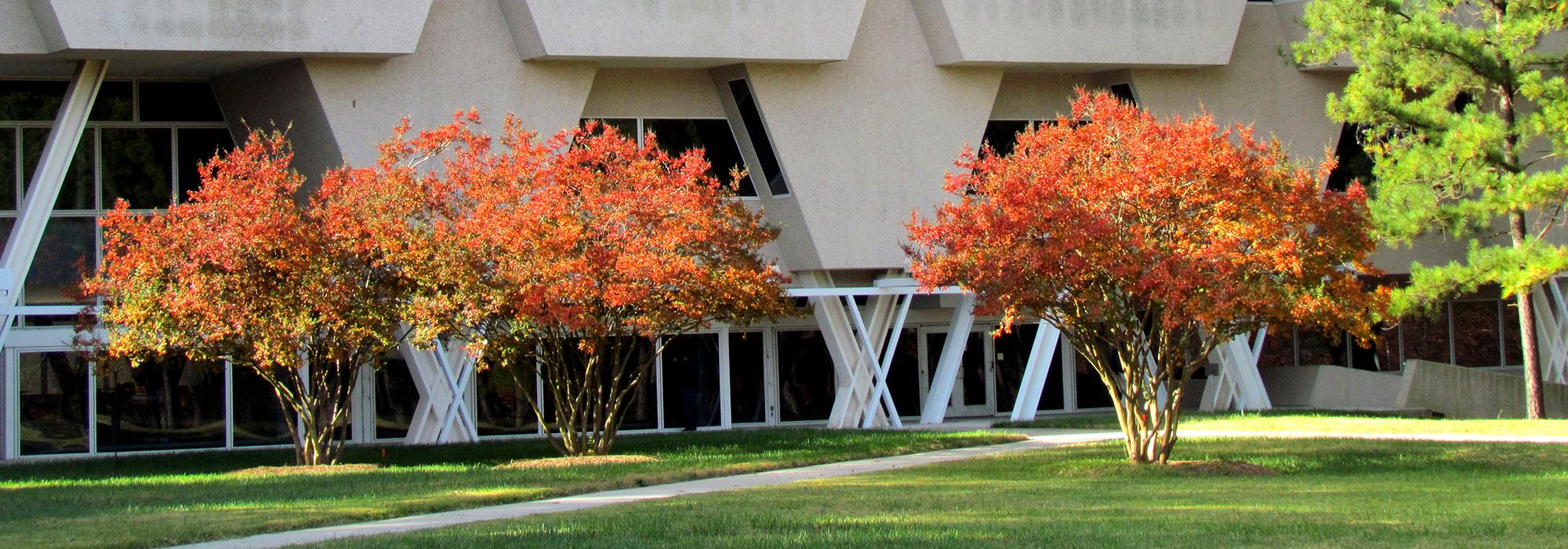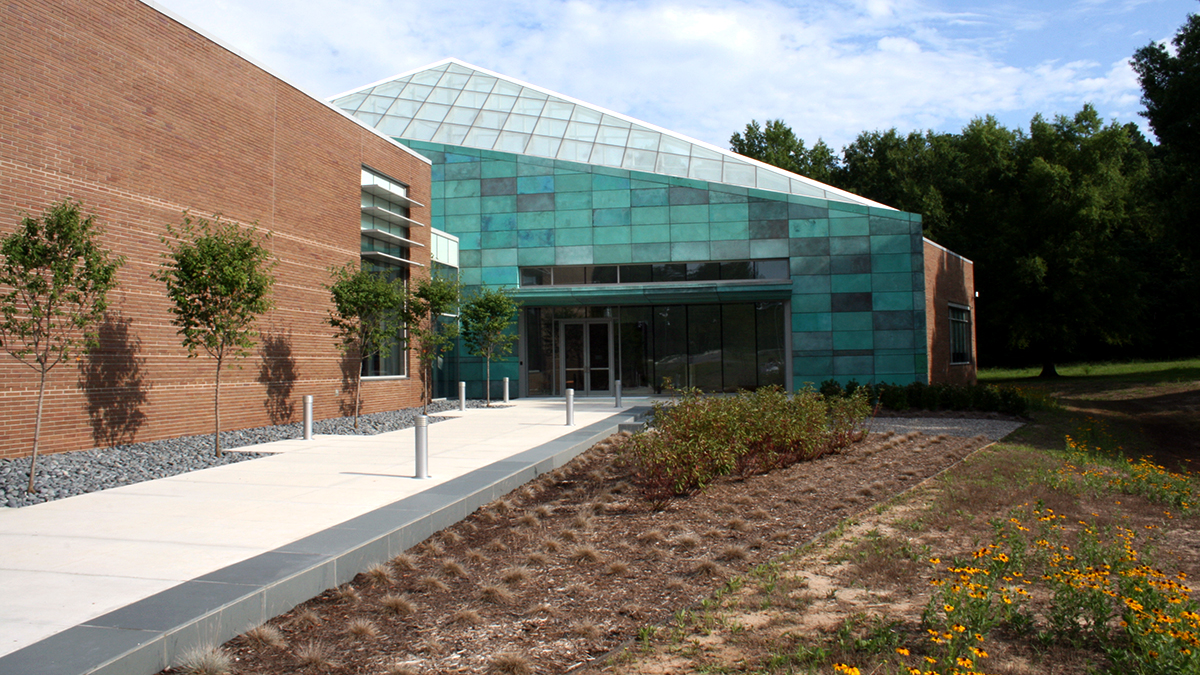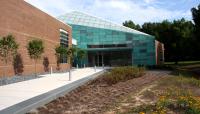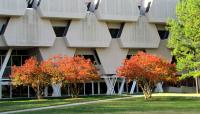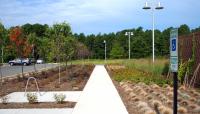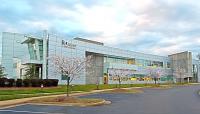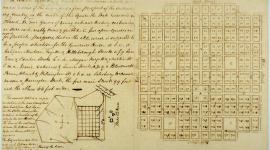Situated approximately eight miles south of downtown Durham, this corporate park was founded in 1959 to promote collaborative scientific research among government agencies, corporations, and three major universities in the region: Duke University, North Carolina State University, and the University of North Carolina at Chapel Hill. In 1958 City & Town Planning Associates prepared the park’s preliminary concept plan and landscape architect Lewis Clarke created the master plan for its first phase of development. The following year, the Research Triangle Regional Planning Commission was formed to assure orderly development of the park and its public infrastructure, including the establishment of guidelines that aimed to preserve the landscape’s vernacular qualities. Today, Research Triangle Park is the largest of its kind in the United States, housing more than 200 companies across nearly 7,000 acres.
Unlike other research parks established in the mid-twentieth century, such as Stanford Research Park in Palo Alto, California, Research Triangle Park was not initially associated with a high-end residential development; instead, it was sited among rural fields and woodlands. Intersected by Interstate 40 and North Carolina Highway 147, the complex comprises dozens of corporate offices and research buildings in low-density clusters among manicured lawns. Large feeder roads and curved entry drives lead to parking lots that are mostly obstructed from view. A 22-mile network of walking paths and bike trails (eighteen miles of which are paved, while the remainder retain a natural surface) weave through the landscape. The southernmost section of the park contains several lakes and four softball fields. At the campus’ center is the 157-acre Research Triangle Institute, designed in large part by architect A.G. Odell in 1959 as a rectangular structure enclosing a paved plaza and the circular, chapel-like Dreyfus auditorium, which has since been demolished.



